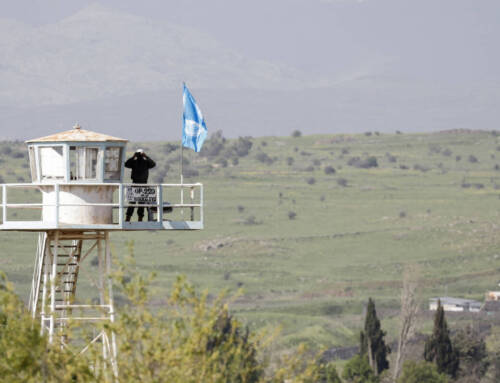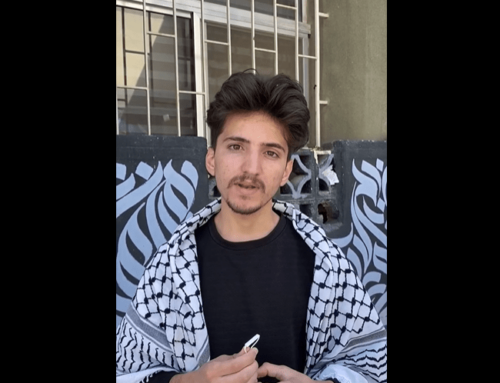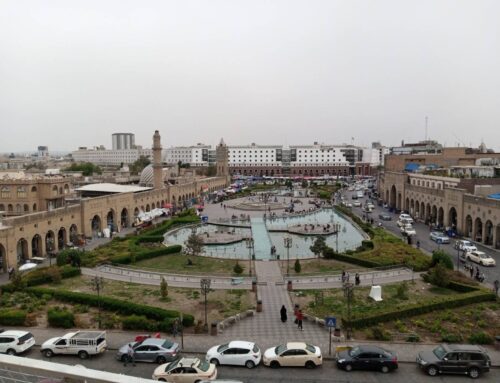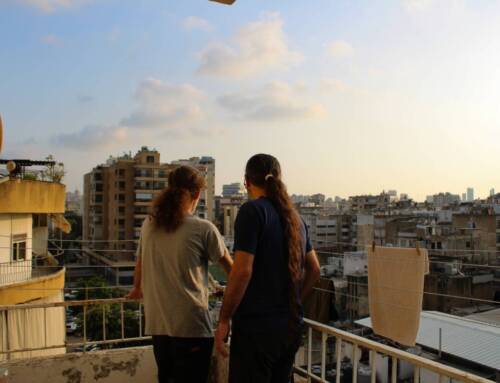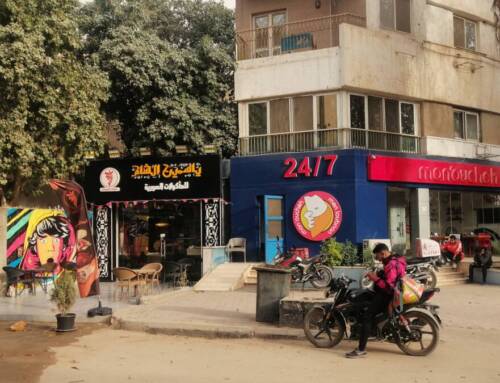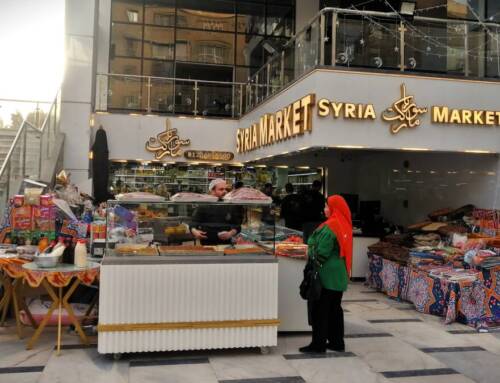Homs falls as rebel options run out
May 5, 2014 By Osama Abu Zeid and Kristen Gillespie […]
5 May 2014
May 5, 2014
By Osama Abu Zeid and Kristen Gillespie
AMMAN: An agreement to allow safe passage to rebels and civilians out of Old Homs has left regime opponents divided, with some saying the battle will move to the provinces and others yearning to move on with their lives after two years of a strangling encirclement of their districts.
The estimated 2,500 fighters and citizens inside the 13 rebel-controlled districts of Homs agreed in principle on Friday to hand over to the government its territory in Syria’s third-largest city. A UN-supervised departure is scheduled to begin this week, Homs Governor Talal al-Barazi told AFP on Monday, adding that the ceasefire is holding.
With a ferocious government military campaign in recent weeks and gnawing hunger from a regime blockade in place since June 2012 that allowed almost no movement in or out, regime opponents said they had little choice but to surrender.
“We must put ourselves in the place of the people who lived in the siege and saw their children die from hunger, they saw their brothers die because of infected wounds due to shelling,” Suhaib Ali, a Homs-based FSA spokesman, told Syria Direct.
Rebels inside had little choice given “the neglect from the political opposition and the international community,” Ali said.
“What would you do?” he asked.

While the details have not been publicly released, the deal reportedly involved the release of 70 pro-regime prisoners, opposition fighters and activists told Syria Direct, in addition to humanitarian access to two Shiite, pro-regime villages in the northern province of Aleppo that are currently encircled by rebel forces.
Pro-revolution sentiment flags
Rebels holding the 13 Homs districts were plagued not only by internal power struggles, lack of coordination, the effective use of informants reporting back to the regime but also sagging public support.
“I was inside the siege until not long ago,” said an activist named Orhan. “I want to tell you the reality of what’s happening now: Public support for the revolution in Homs is very weak,” he said.
Other activists inside and outside Homs agreed, with one saying that the fierce battles for Homs that drove hundreds of thousands of Syrians from their homes have swung public opinion back to the regime. “Public support has become loyal only to the regime after the displacement of many large neighborhoods to outside Syria or to other provinces,” he said.

With only a few thousand fighters left in Homs, observers had predicted the central Syrian city would fall months ago. But the rebels hung on, despite internal strife and persistent regime bombardment, perhaps knowing they would not win but also that they would not be defeated militarily.
Roughly three weeks ago, regime representatives approached local leaders in the 13 regime-held districts of Old Homs. A draft agreement for a truce was reached, but fell apart after the pro-Assad National Defense Force militia rejected it.
“The NDF led a fierce military campaign against the besieged areas,” says Hassan Abu a-Zain, 28, a spokesman for Homs’s Youth Council and one of the people who negotiated with regime forces. The subsequent military campaign, with the rebel districts getting pounded every day in recent weeks, failed to force the last remaining rebels to surrender.
Finally, the regime and its allies “became convinced that current conditions would not allow them to enter Homs militarily and that the only way to enter would be through renewed negotiations, attempting to take control of the city with as few casualties as possible,” a-Zain said, an account matching that of other activists on the ground.
Still, fighters outside Homs say they may have lost the city, now heavily reinforced with regime forces along its perimeter, but they vow not to lose the province.
“If this truce is completed in Homs, it does not mean Homs has fallen into regime hands, it means the rebels of Homs will continue their struggle in other areas,” says Abu Odai, a spokesman for the Feiliq a-Rahman Brigade in Damascus.
“Homs is one of the provinces, not all of them,” the rebel spokesman said, referring to the ongoing battles in Syria’s 13 other provinces.
For nearly two years, the regime cut rebel-held Homs off from the outside world, posting signs in and around the city reading “kneel [submit] or starve.” The impact of starvation and loss appears to have drained the will of Homs residents to fight for their exhausted city, current images of which evoke Dresden following World War II.
“What I have seen since leaving the siege is that Homs’s civilians have begun to distance themselves from the revolutionary mindset” said Orhan, the activist.
“They are now simply trying to live, nothing more.”
For more from Syria Direct, like us on Facebook or follow us on Twitter.

